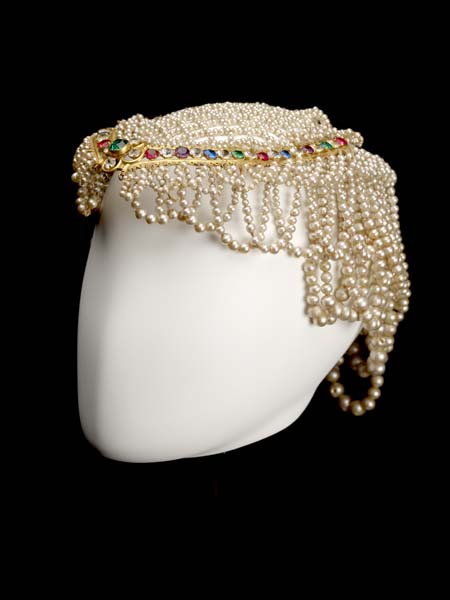Adelina Patti was an opera singer whose musical career spanned almost seventy years, 42 operas, and brought her European and American fame. She remains one of the most famous soprano opera singers in history, noted for the remarkable purity of her voice and the high quality of her technique. The composer Verdi described her as perhaps the finest singer who had ever lived.
Born in Madrid, Adelina was of French-Italian heritage, but her family moved to New York in her childhood. Patti grew up in the Bronx and sang professionally from childhood, immersed in a musical household that included her brother Carlo, a violinist, his wife, the actress Effie Germon, and her brother-in-law Maurice Strakosch, a theatrical impresario. Adelina’s theatrical debut, at the New York Academy of Music, singing the title role in Lucia di Lammermoor, came when she was just 16, in 1859.
In 1861, Adelina was invited to the opera house in Covent Garden, and performed to great acclaim in ‘La sonnambula’. She appeared there in every season until 1884. Her success in London allowed her to buy a house in Clapham and embark upon a European tour. The Museum of London collection contains a wide selection of the costume and jewellery worn by Adelina Patti at Covent Garden during this period, giving an idea of the splendour and theatricality of her performances.
The highest earning singer of her era, Patti married three times. One of the characters in ‘The Picture of Dorian Gray’ refers to ‘Patti singing divinely’, and Patti’s portrait was painted by Winterhalter, among others. As she grew older, Adelina’s voice changed from the “birdlike purity” of her younger days, becoming first fuller and more versatile. It was in this period, during the 1870s and 80s, that she excelled in dramatic roles in operas such as Aida, Les Huguenots, and La traviata.
As she grew older, she performed less and less, sticking to vocally undemanding, often sentimental songs that were rapturously received by her fans across Europe. Her carefully invested wealth (she reputedly was paid $5000 in gold before every performance during her heyday) enabled her to live in comfort in her spectacular home, Craig-y-Nos Castle in Wales.
Her last public performance was in the Royal Albert Hall on 24 October 1914, as part of a Red Cross concert to aid victims of the First World War. She died of natural causes in 1919.








